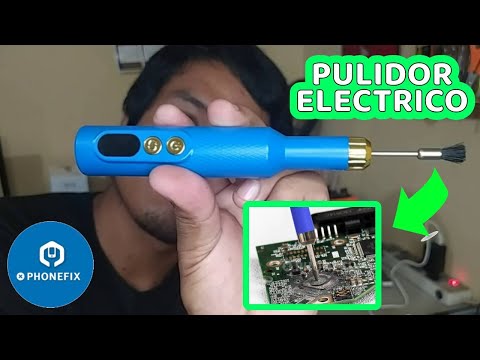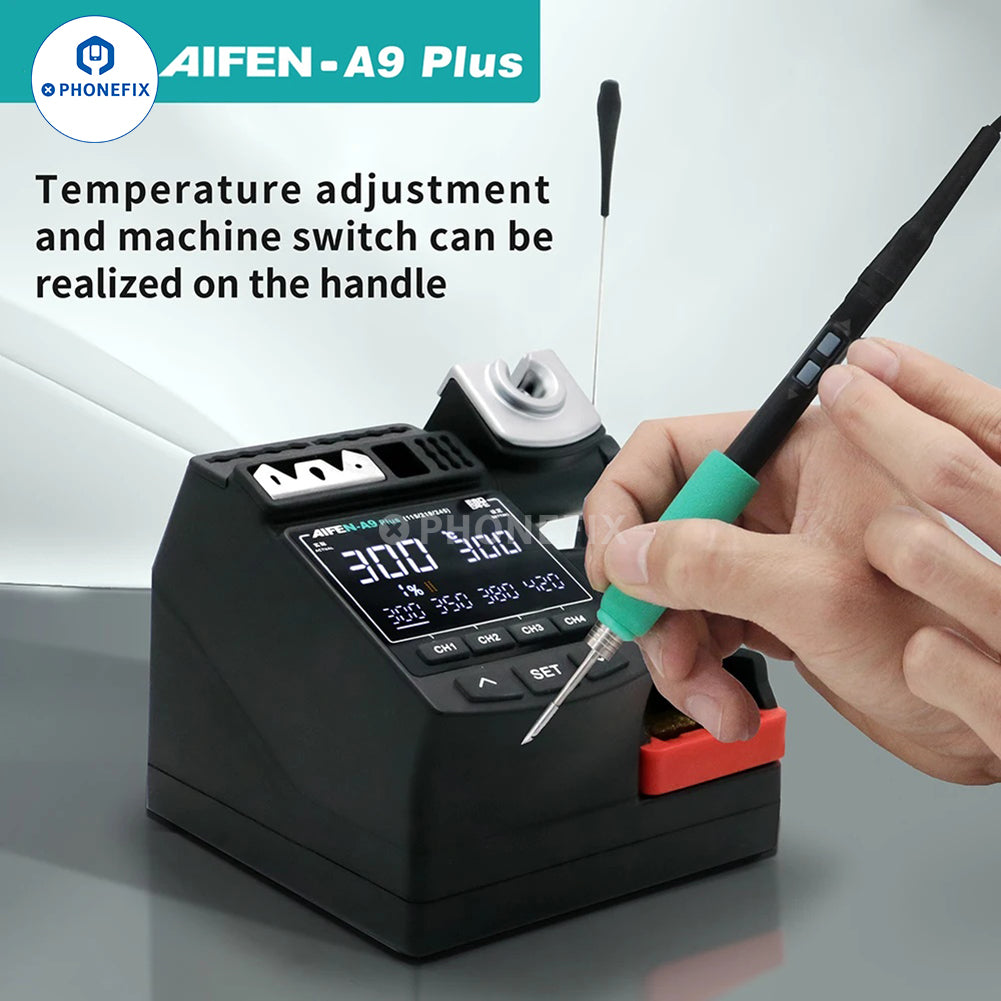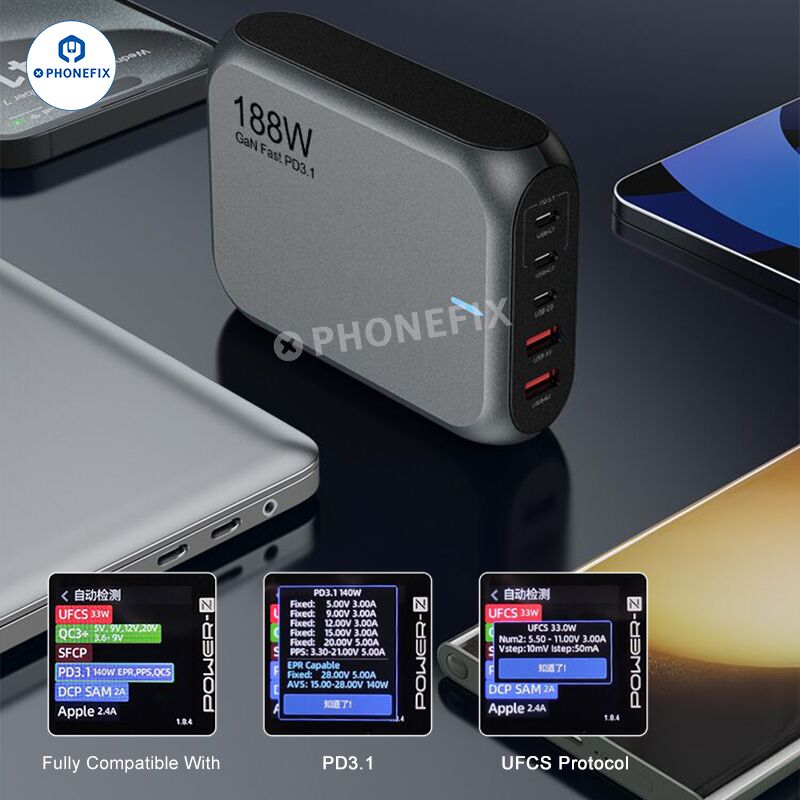Today, we use the LINCSEEK Infrared Thermal Camera to fix an iPhone 11 Pro Max with large current. The infrared thermal camera supports mobile phone motherboard PCB fault detection, supplying power to the motherboard, adjusting the display mode to thermal imaging mode, and enabling the software quick check function to detect faulty parts.
The iPhone 11 Pro Max is unable to boot up. Lift the screen, disconnect the battery and connect the motherboard with a power cable. The ammeter shows a current of 1 ampere. The phone has large current while the boot-up hasn’t been triggered.
It can be judged that the fault is on the main power supply circuit and related components. Infrared Thermal Camera can help resolve the problem.
1. Troubleshooting
Remove the motherboard and measure the diode value of the battery connector with the multimeter. The diode value is 314, which is normal.
Connect the motherboard with a power cable after put the motherboard on the thermal imager. Areas around the NAND are getting hot seriously. Since NAND is not on the main power supply circuit, we need to separate the motherboard for further testing.
Remove the logic board with Heating Platform, and connect the logic board with a power cable. The logic board doesn’t have large current. The fault is probably on the signal board. Power up the signal board separately with the probes of the multimeter.
Large current appears on the signal board. It can be confirmed now that the fault is on the signal board.
Put the signal board on the thermal imager and supply power to it for precisely detect the fault. It can be seen that the temperature of areas around U5000 reaches 80 °C quickly.
Measure the capacitors around U5000 with the multimeter and there is a short circuit. Additionally, a capacitor was found to be burnt out during measurement. Next, we remove the capacitor.
2. Repair
Apply some Paste Flux to the capacitor. Remove the capacitor with Quick 881D Hot Air Gun at 380 °C. Then replace it with a new one. Measure with the multimeter again. The diode value returns to a normal value of 446.
Because there are still missing pads, then we repair those missing pads. Clean tin on the bonding pads of the signal board with Soldering Iron and Solder Wick.
Clean tin on the bonding pads of the logic board with the same method and then remove the thermal paste. Keep cleaning the bonding pads with PCB Cleaner.
Open JCID Schematic Diagram to determine the missing pads for repair. Since some missing pads are grounded, there is no need to repair them. Scrape to show circuits of other missing pads with a Sculpture Knife. Apply tin to the bonding pads with a Soldering Iron.
Put the Soldering Lugs in position and solder with a Soldering Iron. Apply some Solder Mask to the bonding pads that have been repaired. Then solidify with a UV Lamp for 5 minutes.
After solidifying, remove excess solder mask with a Sculpture Knife to show the pads. Next, we rebelled the signal board. Apply a layer of low-temperature Solder Paste evenly.
Put the signal board on the 170 °C Heating Platform to heat. After the solder balls are formed and the motherboard cools, apply some Paste Flux to the bonding pads.
Align the logic board. Keep heating with the Heating Platform. After recombination and the motherboard cools, connect the motherboard with a Power Cable. The motherboard no longer has a large current.
Then trigger the boot-up with Tweezers. The boot current has returned to normal. Install the motherboard. The phone and its baseband turns on normally.
Fix iPhone 11 Pro Max with LINCSEEK Infrared Thermal Camera












